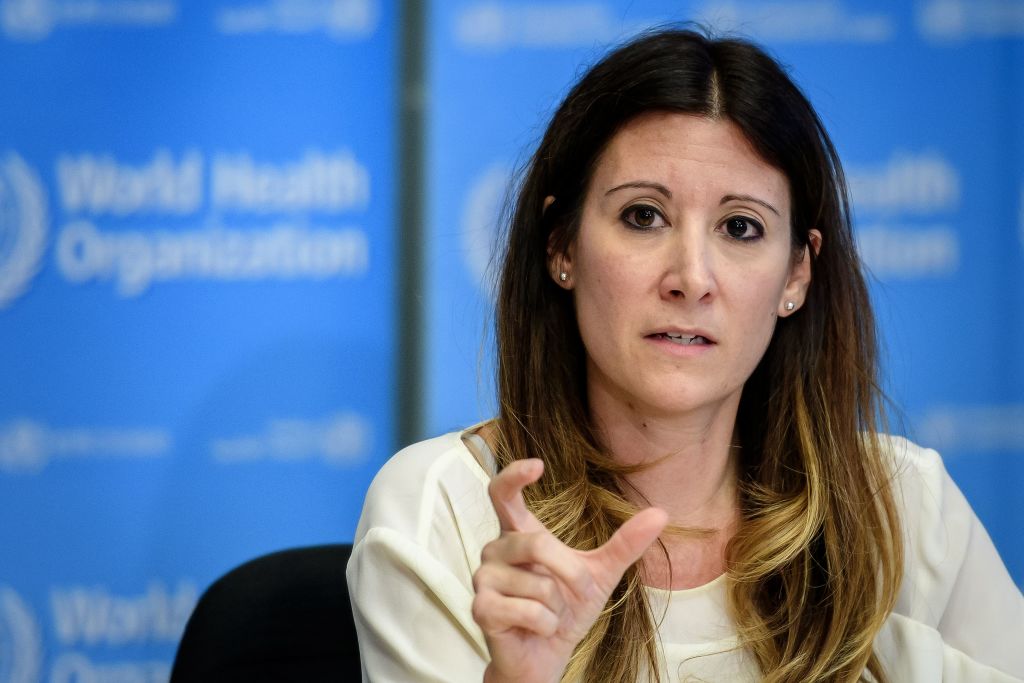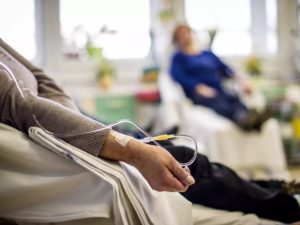The spread of COVID-19 by people who don’t show symptoms appears to be rare, says Maria Van Kerkhove, the technical lead for coronavirus response and head of the emerging diseases and zoonoses unit at World Health Organisation, during a media briefing in Geneva on Monday.
Van Kerkhove said on Monday, ”From the data we have, it still seems to be rare that an asymptomatic person actually transmits onward to a secondary individual. We have a number of reports from countries who are doing very detailed contact tracing. They’re following asymptomatic cases, they’re following contacts and they’re not finding secondary transmission onward. It is very rare and much of that is not published in the literature.”
Van Kerkhove went on to describe how the novel coronavirus is a respiratory pathogen that spreads through droplets and which can be released when someone coughs or sneezes.
“It passes from an individual through infectious droplets. If we actually followed all of the symptomatic cases, isolated those cases, followed the contacts and quarantined those cases, we would drastically reduce, I would love to be able to give a proportion of how much transmission we would actually stop, but it would be a drastic reduction in transmission,” says Van.
In April, a study was found that viral shedding is when people may be able to infect others which could begin as early in two to three days before symptoms appeared. In addition, the US Centres for Disease Control and Prevention estimates in planning scenarios that 40% of coronavirus transmission is occurring before people feel sick.
Mitchell Landsberg is the senior reporter for News Raise and focuses on Technology. Mitchell regularly writes about social media platforms and how influencers, industry and general people use them to communicate and make money.








